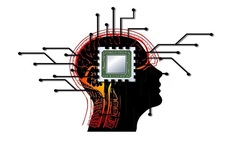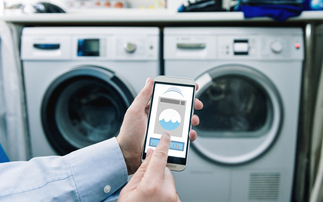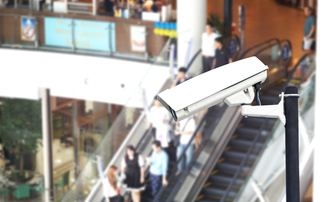Solar power, self-driving trucks and buses, and money-making cars
Elon Musk, the founder of luxury electric car maker Tesla, has unveiled what he describes as his second Master Plan, which reveals his four main ambitions for his company. These are focused on ...
To continue reading this article...
Join Computing
- Unlimited access to real-time news, analysis and opinion from the technology industry
- Receive important and breaking news in our daily newsletter
- Be the first to hear about our events and awards programmes
- Join live member only interviews with IT leaders at the ‘IT Lounge’; your chance to ask your burning tech questions and have them answered
- Access to the Computing Delta hub providing market intelligence and research
- Receive our members-only newsletter with exclusive opinion pieces from senior IT Leaders




















